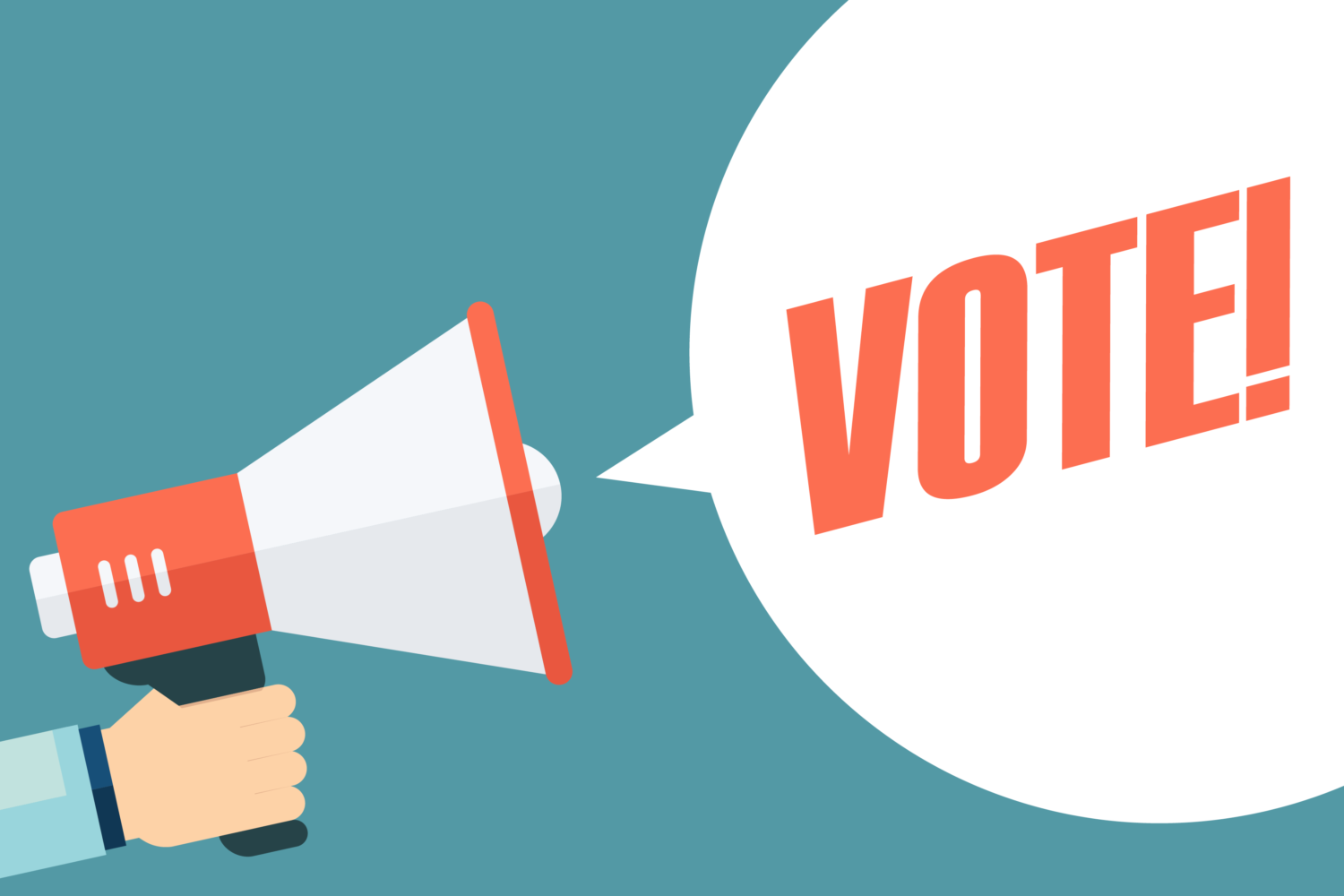Monday, Oct. 21 is Canada’s upcoming federal election. It’s an exciting time for those who have voted before or are passionate about politics, but for first timers or those unfamiliar with Canadian politics, you may find yourself thinking it’s complicated. How do I vote? Where do I vote? Who do I vote for? Why should I vote? Many students have these questions, and if you’ve asked yourself this before, fear not, you are not alone. Voting can feel confusing and possibly overwhelming, but it’s a very important task we need to take part in to shape our futures. So let’s break it down and make it easier. Thanks to the Internet, there are so many new tools to help you find the information you are seeking.
How and where to vote
The best way to find information on how and where to vote is by going to the website, elections.ca. From there you can find out if you’re already registered to vote. If you’ve just moved into residence, or closer to MacEwan you can register your new address before Oct. 15 through that website.
Check your mailboxes! Your voter cards will be mailed to your address and give you the where and when to vote on Oct. 21. Can’t wait that long to get your vote in? MacEwan University has early voting until Oct. 9 on campus and all you’ll need to do is bring a government-issued photo ID with you.
Did you miss early voting, and the deadline to register, or not get your voter card? Maybe you lost your ID? Fear not! You can still vote, and the elections.ca website will tell you exactly what you need to vote no matter your situation.
Deciding who to vote for
Figuring out what party reflects your own values has become incredibly easy. If you want a quick overview of each party’s values, and how they coincide with your own, there’s a quiz for that. The website, votecompass.cbc.ca, will ask you 30 questions on where you stand on different issues regarding Canadian politics. Once you finish the quiz it will show you a graph of where you sit on the political spectrum, and which party has values that closely match your own.
If that quiz is not enough to quell your thirst for the Canadian political parties’ platform knowledge, then here are the official parties platform websites, and a brief overview on each party’s views on issues that will affect students and healthcare:
Liberal
The Liberals propose to increase Canada Student Grants, up to $1,200 more per year, for full and part-time students. They plan to give students two interest-free years after graduation to start paying off student loans. They want to implement a rule that claims graduates would not start repaying student loans until they make a salary of $35,000+ per year. This would also mean payment would be put on hold if one’s salary dropped below this level. The Liberal party has plans to improve health care by implementing a universal pharmacare system and setting clear standards for mental health care.
For more information check out their full platform at 2019.liberal.ca/our-platform/.
Conservative
The Conservative Party of Canada will post their official platform on Oct. 11. From previous promises, their platform will include their promise to boost the Registered Education Savings Plans, raising government contributions to match parent contributions up to 30 per cent, as compared to the current 20 per cent. Conservatives promise to end foreign oil imports and build pipelines creating jobs. They are also interested in making it easier for immigrants to obtain jobs with equivalent skill through an improved “credential recognition”.
For more information about this party check out their website at conservative.ca/.
New Democrat
The NDP is in favour of capping and reducing tuition fees, eliminating interest on student loans, and increasing federal grants. This party is proposing quality prescription drug coverage for everyone. Their platform proposes to build affordable rental units across the country to tackle the housing crisis. This party plans to put a $15 federal minimum wage in place.
For more information check out their full platform at ndp.ca/commitments.
People’s Party
The People’s Party of Canada would like to eliminate the federal carbon tax, and as stated in their platform, they propose to cut corporate taxes down to 10 per cent to increase after-tax return on investment. The party claims these decisions will increase jobs. This party is interested in incorporating a ‘tax points system’ to keep Ottawa from interfering with provincial health care.
For more information check out their full platform at peoplespartyofcanada.ca/platform.
Green
The Green party is in favour of making post-secondary schooling free to all students. In their platform they also express their desire to forgive all existing federal student debt. This party would like to include Pharmacare for everyone in single-payer Medicare, and include free dental care for low-income families. The Green party wants to raise the federal minimum wage to $15.
For more information check out their full platform at greenparty.ca/en/platform.
Why you should vote
As young, eligible voters, it is so important to have your say about who is running our country. A statistic at elections.ca estimated that, in the 2015 federal election, roughly 57 per cent of eligible youth between the ages of 18 and 34 voted. This is a step up from the 2011 election where around 42 per cent of eligible youth voted. By comparison, in both the 2011 and 2015 elections, roughly 74 per cent of eligible voters aged 55 to 74 took part in the election.
Can one imagine what would happen if 100 per cent of youth and post-secondary students voted? The youth population aged 20 to 35 in Canada is 7,706,110, according to statcan.gc.ca, and that’s not including the population of eligible student voters younger or older than that specific average. The total amount of ballots cast in the 2015 federal election was 17,711,983, as stated at elections.ca. This means that the youth of our country are a significant number of the population that could influence the political playing field with one fell swoop of voting. There’s no better time than now to attempt that.
One cannot stress enough how important it is that we take control of our own futures. The values of generations are constantly shifting, and as important as it is that every resident in Canada exercises their right to vote, it is imperative that young Canadians step up and become more influential in the politics of our country.
See you at the polls, MacEwan!





0 Comments